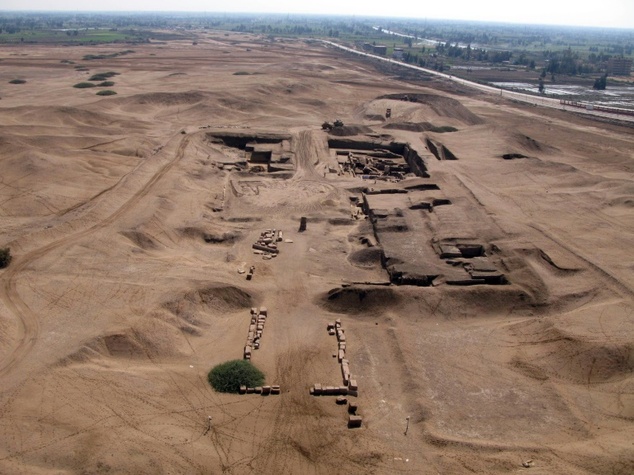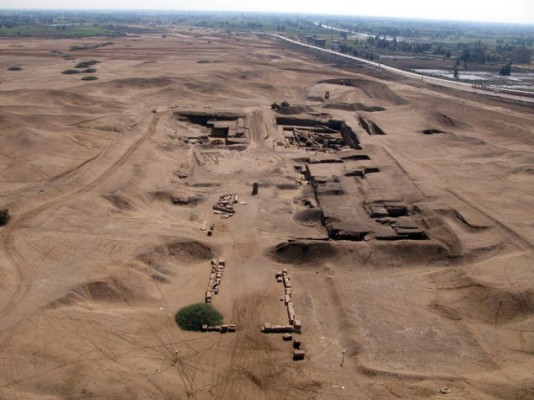An archaeologist has just won a TED prize for coming up with a way to track antiquities stolen from the looted areas. She is called a modern world “Indiana Jones”. The 2016 TED Prize was given to Sarah Parcak, who is to be provided with one million dollars to kickstart her project. She has come up with a nonprofit organization called “tedsters” that will help the stricken communities.
She will be accepting her grant at a TED Conference in Vancouver. She told people that the project isn’t for her, but it is for the people around the world who are trying to defend and protect what sites are left, especially the Middle East. She also said that the past four years has been a horrible time for archaeology and archaeologists.
Parcak first started her project by mapping out a method using satellite imagery. Although it became interesting to her to save the sites and artifacts, she is doing it for those people who do not have the resources to conserve the buildings or ancient artifacts.
She has also won the TED for working on a satellite map in Egypt that uncovers hidden pyramids, tombs, and even settlements. The satellite also showed where extensive looting had been done in Egypt. Her satellite images not only pinpointed sites in Egypt, but she and her team also found ancient sites in Europe, the Mediterranean, and North America.
Until 2005, the annual TED Prize had been $100,000; it has now grown to one million dollars. The first million dollar award had been given to the U2 lead singer, Bono, for his fight against poverty and disease.
Some of the previous winners of the TED Prize include oceans-defender Sylvia Earle and the StoryCorps founder Dave Isay, who had a wish that smartphones applications would be used to archive the spoken wisdom of humanity.
The TED community is not limited to just scientists; it also gives awards to celebrities, politicians, artists, and entrepreneurs. The TED Prize had been created in California in 1984 and has been growing globally with its innovative ideas about helping the world and people in it. TED does not merely give away prizes and money; the organization also allows speakers to give presentations in order to spark interest in their ideas. The presentations are online for anyone to view. The TED community wants everyday people to make a difference and to be inspired like the many winners of the Prize.
After finding out she has been awarded 2016’s TED, Parcak vows that she will spread the word about the desecration of ancient sites. She wants people fighting for the arts, historical buildings, and treasures that have been looted, sold, or destroyed.
Parcak may have been inspired by her grandfather, who used aerial photography in his forestry work. When she was studying Egyptology at Yale, she began to think about the potential use of the aerial photography in archaeology. She then started creating techniques for the process of infrared imagery from satellites while studying at Cambridge University. Once this proved successful, she turned the infrared satellites to mapping the looted areas.
One of the spokesmen for TED says that Parcak is using modern technology to make invisible sites visible once again for many people to see. Without it, some of those sites may not have ever been found. The director of TED said that while so many ancient sites are being destroyed and looted, it is the perfect time for Parcak’s satellite imagery to come into play; she is thinking of everything and everyone but herself when she makes the satellite imagery successful.

